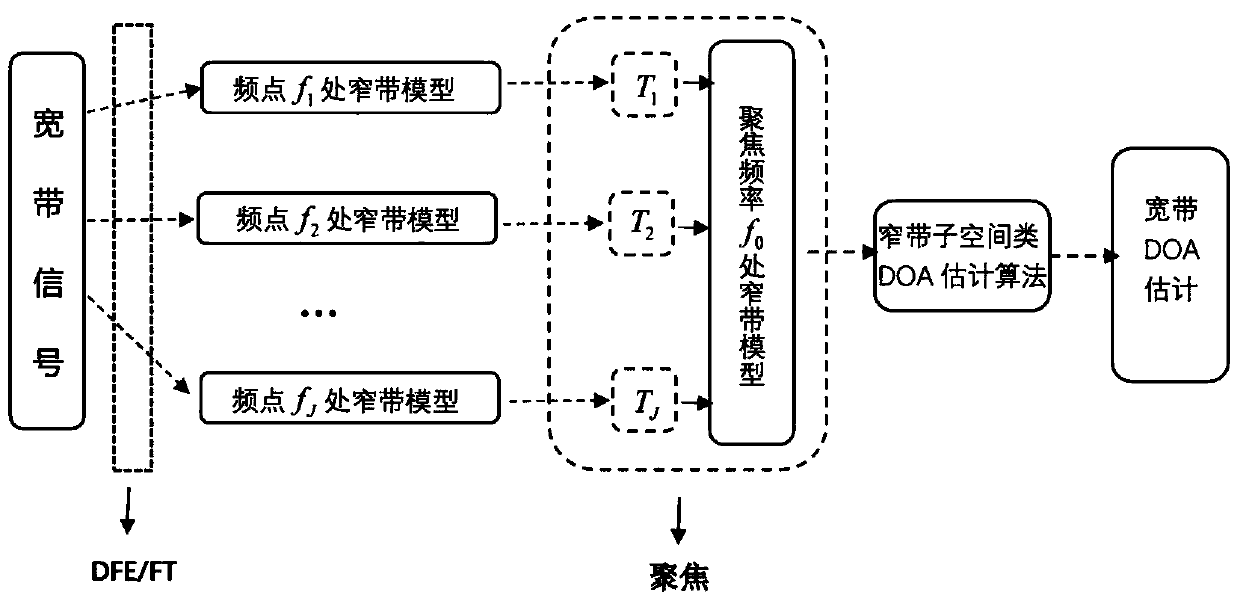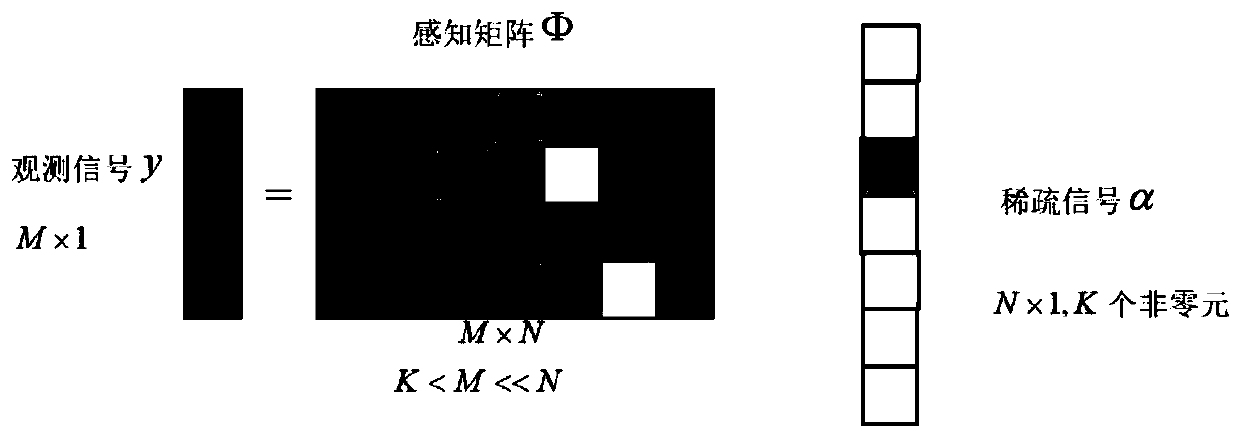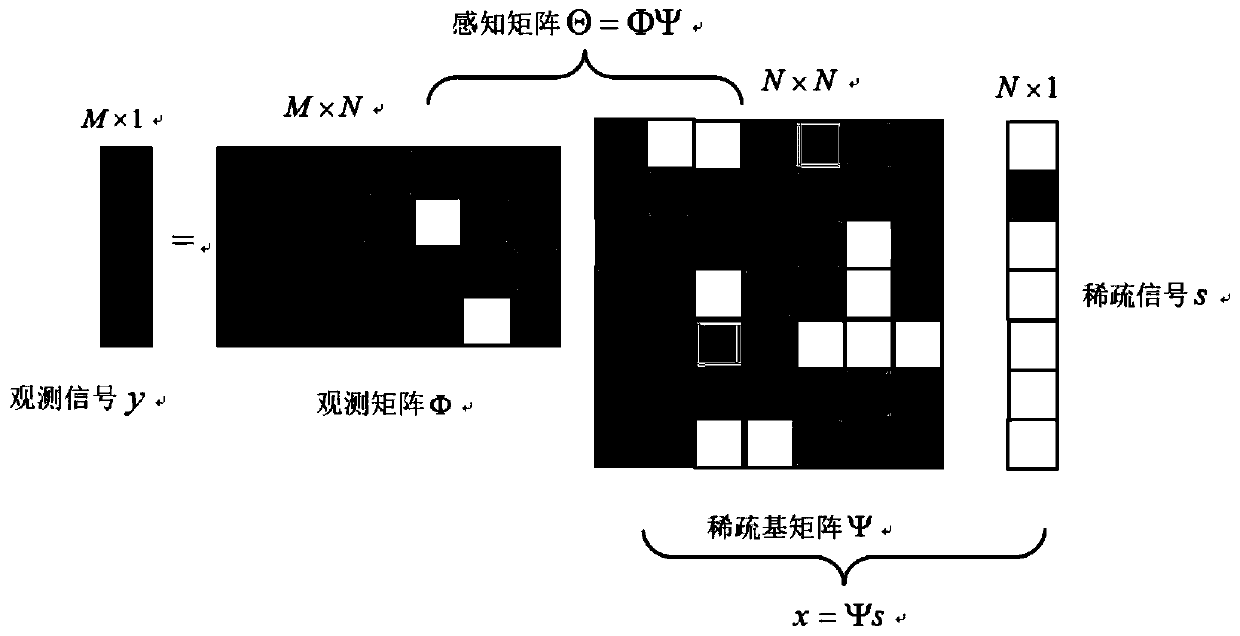Compressed sensing theory based broadband DOA estimation algorithm of RSS algorithm
A technology of compressed sensing and estimation algorithm, applied in complex mathematical operations, direction finders using radio waves, radio wave director components, etc. , the effect of reducing the huge amount of calculation
- Summary
- Abstract
- Description
- Claims
- Application Information
AI Technical Summary
Problems solved by technology
Method used
Image
Examples
Embodiment Construction
[0024] Embodiments of the present invention are described in detail below, examples of which are shown in the drawings, wherein the same or similar reference numerals designate the same or similar elements or elements having the same or similar functions throughout. The embodiments described below by referring to the figures are exemplary only for explaining the present invention and should not be construed as limiting the present invention.
[0025] Such as figure 1 Shown is the flow chart of the present invention: Utilize conventional low-resolution algorithm to estimate the direction of arrival of the signal, obtain the DOA initial estimation set θ, and determine the reference frequency point f at the same time 0 . The specific method: by establishing constraints between the focused direction matrix and the direction matrix at the focused frequency, under the condition of ensuring the minimum focus construction error, focus the sub-band signals in the bandwidth except the ...
PUM
 Login to View More
Login to View More Abstract
Description
Claims
Application Information
 Login to View More
Login to View More - R&D
- Intellectual Property
- Life Sciences
- Materials
- Tech Scout
- Unparalleled Data Quality
- Higher Quality Content
- 60% Fewer Hallucinations
Browse by: Latest US Patents, China's latest patents, Technical Efficacy Thesaurus, Application Domain, Technology Topic, Popular Technical Reports.
© 2025 PatSnap. All rights reserved.Legal|Privacy policy|Modern Slavery Act Transparency Statement|Sitemap|About US| Contact US: help@patsnap.com



